Inflation vs. Your Savings
Inflation is a slow force working against your financial goals. It can quietly erode the purchasing power of your money over time. While it’s tempting to see cash as a…

Inflation is a slow force working against your financial goals. It can quietly erode the purchasing power of your money over time. While it’s tempting to see cash as a…
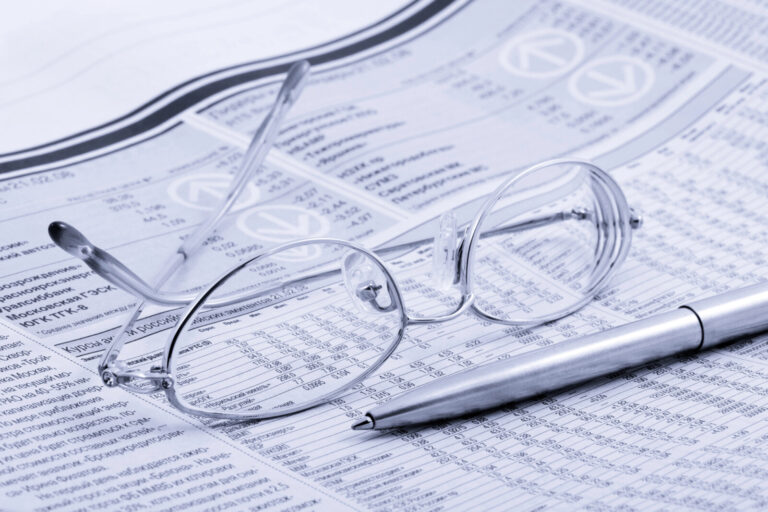
The Australian economy is still growing, but things are moving slower than usual, and the Reserve Bank of Australia (RBA) is being cautious with any changes to interest rates. They’re…
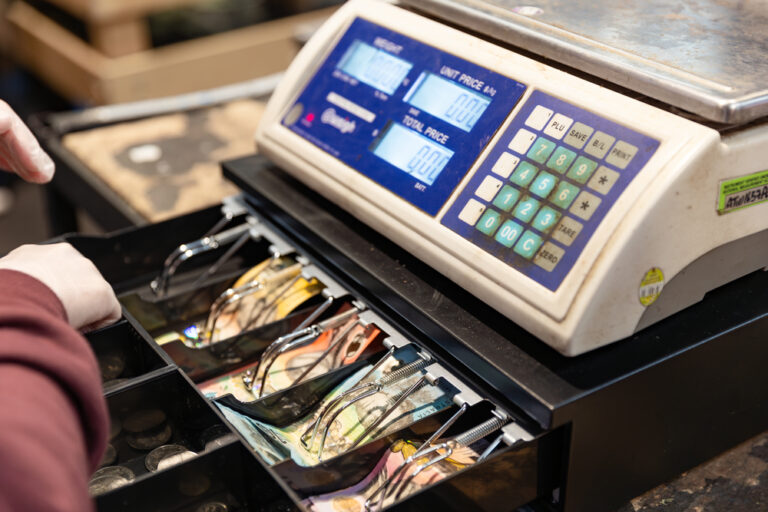
The economy continues to slow, with inflation remaining sticky, the new federal budget making waves, and global events that may have a significant impact. Uncertainty at home and abroad The…
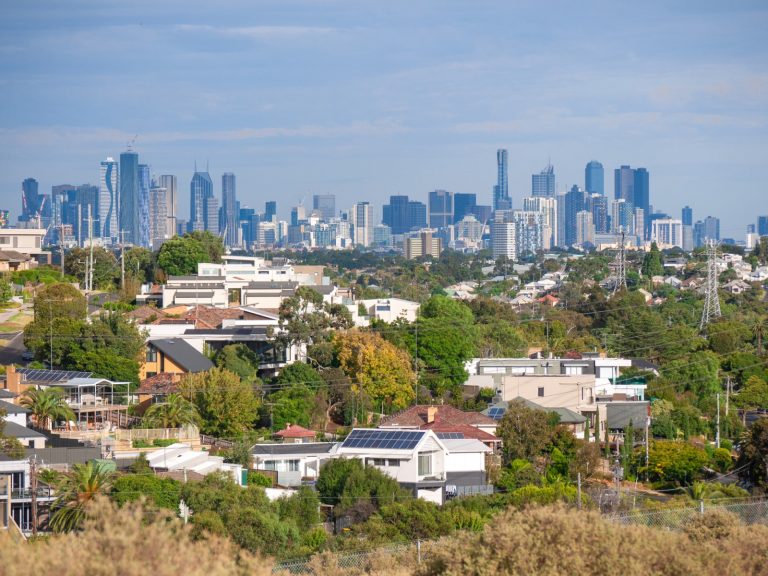
The first quarter of 2024 saw the Government roll out considerable changes to the Stage 3 Tax Cuts, inflation continuing to slow but remaining stubbornly high across some areas, surging…
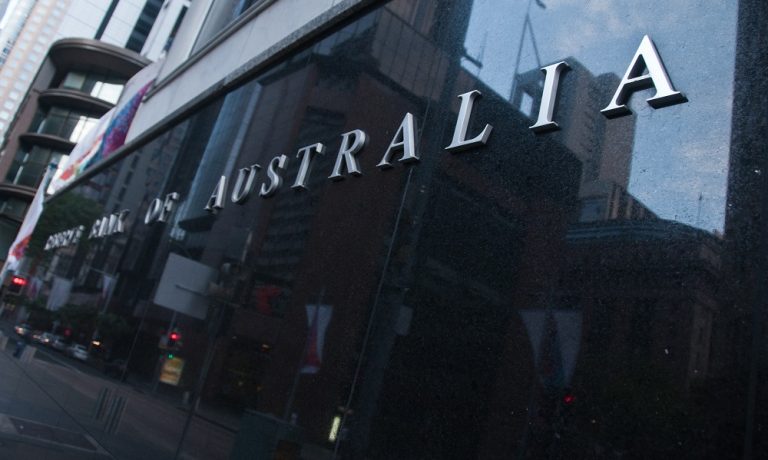
Global growth is forecast to slow and remain below its historical average in 2024, reflective of tighter monetary policy in advanced economies, as well as a soft outlook for China….

Australia’s annual inflation rate has taken an unexpected step up, increasing pressure on the Reserve Bank to push interest rates higher and once again raising the prospect that Australia will…
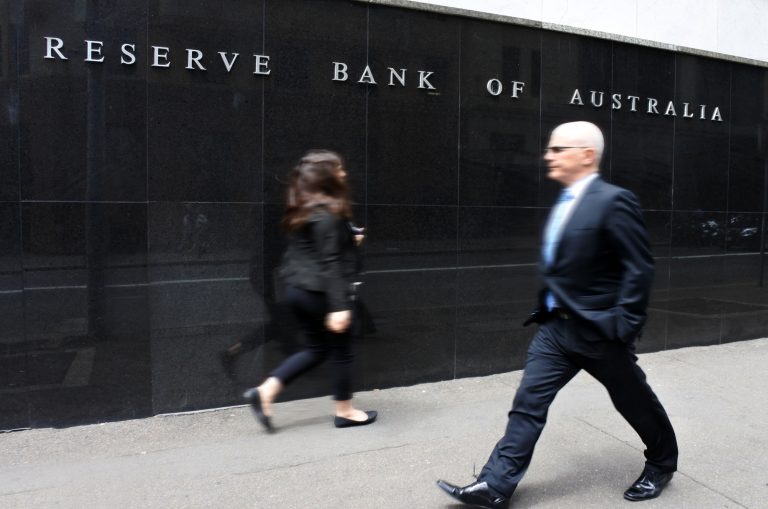
The Reserve Bank of Australia has decided to pause its cycle of interest rate hikes, keeping the cash rate target unchanged at 3.6 percent due to softening inflation data, a…
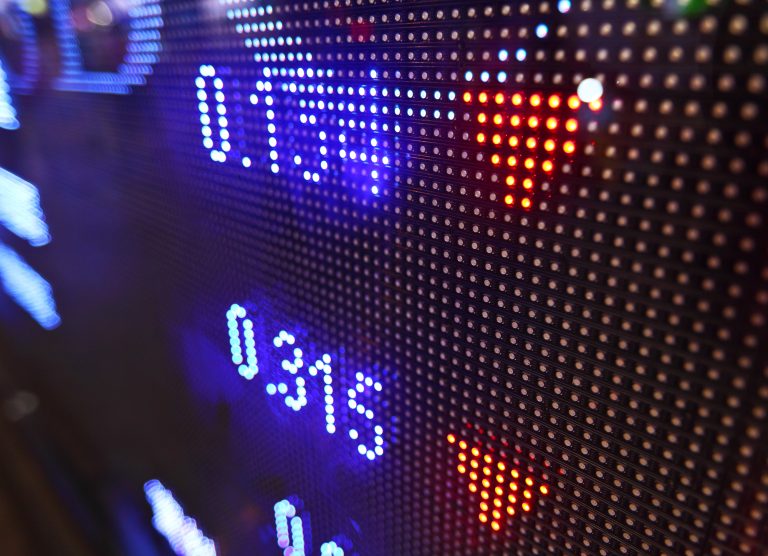
According to the Reserve Bank of Australia, domestic headline inflation is expected to reach 8% in the final month of 2022 as consumers continue to spend despite higher interest rates….
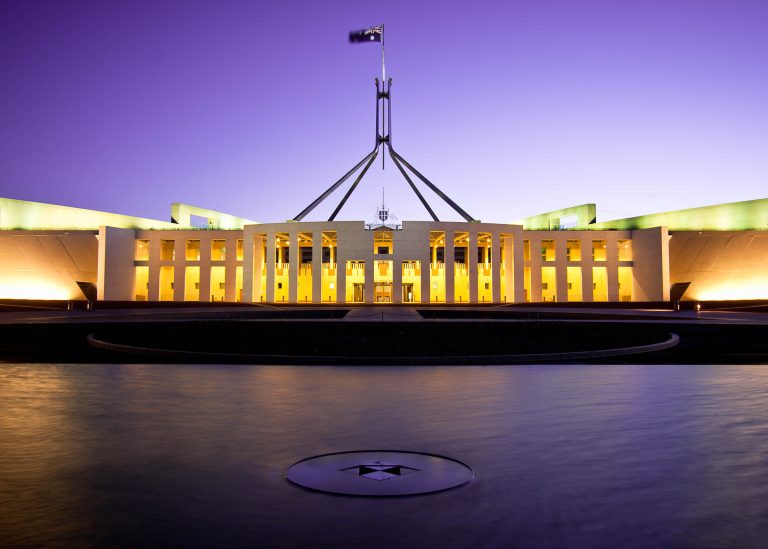
A sudden uptick in the unemployment rate and slower economic growth combined with continued strong inflationary pressures are set to test the Australian economy during the next two years, according…

As geo-political tensions tighten in Ukraine, economies around the world are reeling from mounting energy prices, soaring costs of living and in a desperate attempt to bring down inflation, higher…

The word ‘inflation’ doesn’t only dominate business news headlines but finds its way into general news reports too. So, what is inflation and how does it affect you? In simple…
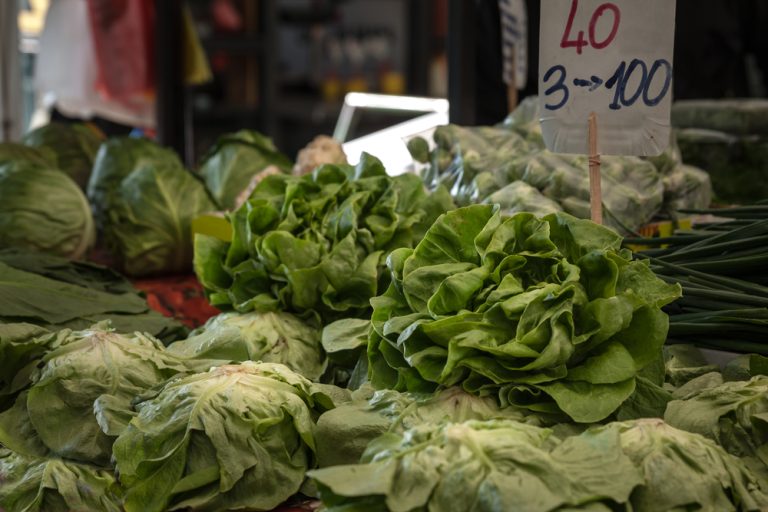
The price of a lowly head of lettuce has never been a recognised barometer of the strength of the Australian economy, that is until the media started reporting iceberg lettuces…
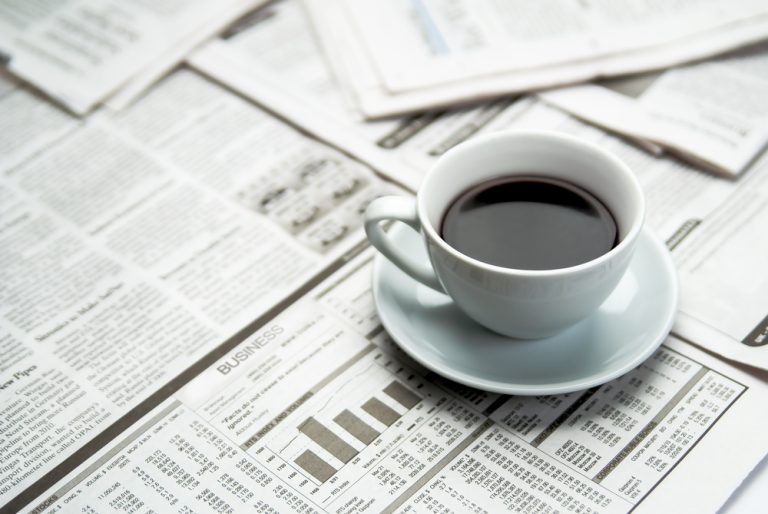
Robust domestic economic growth Australia is rebounding from the pandemic, with domestic economic growth forecast to reach 3.5 per cent this financial year. Some analysts predict it might be even…

If you are in your thirties, chances are life revolves around children and a mortgage. As much as we love our kids, the fact is they cost quite a lot….
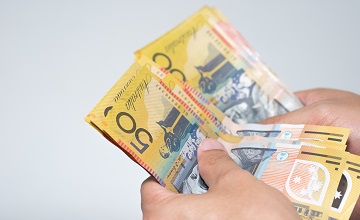
That $50 note in your pocket. What’s it worth? “$50,” you say, probably thinking it’s a dumb question. But is it really? Or a sheet of plastic and a bit…
End of content
End of content